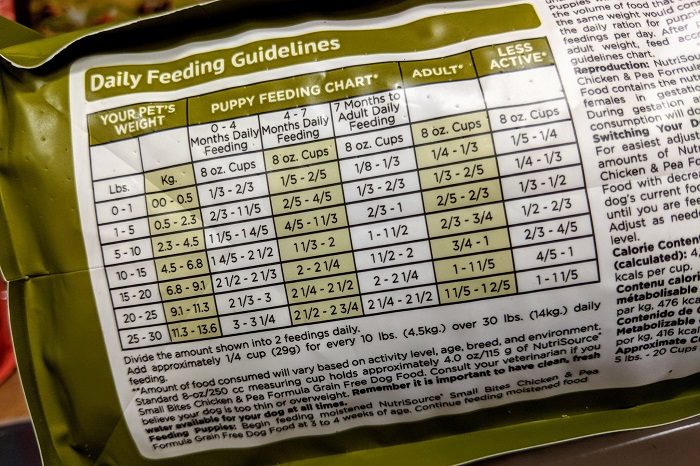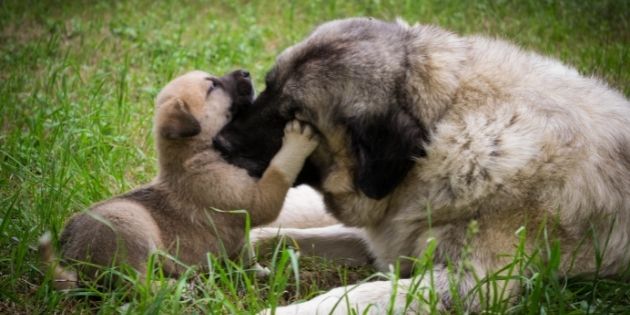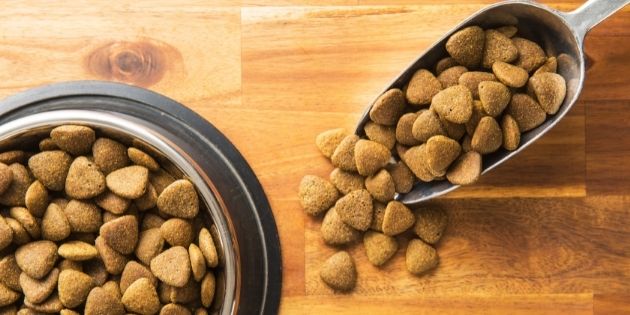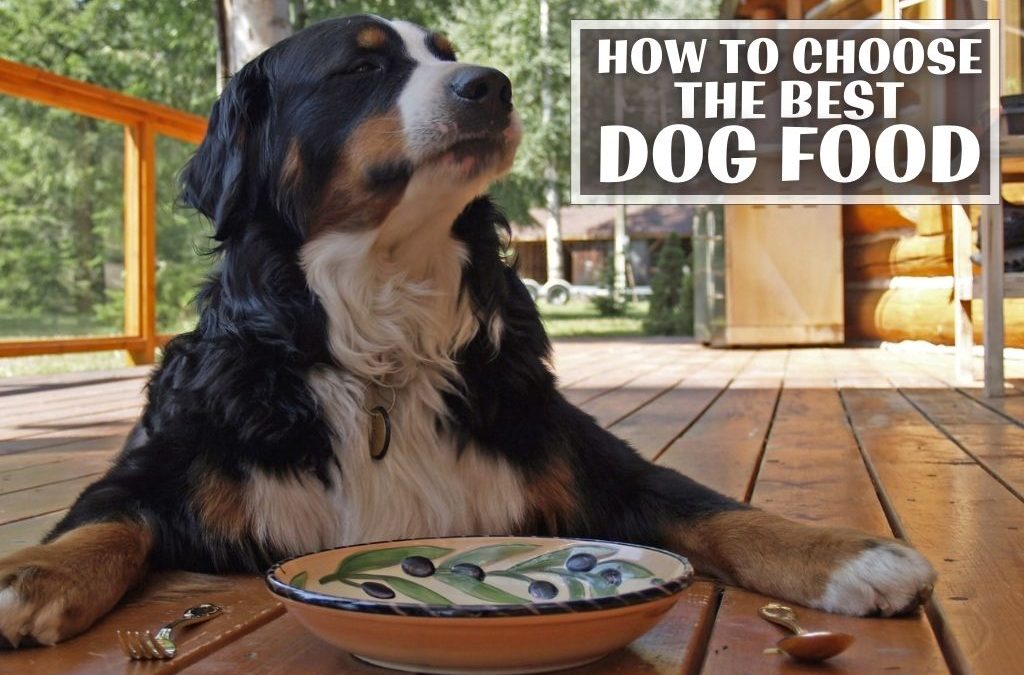We love our dogs and want them to enjoy their food but we also want to know that their food is safe and healthy for them.
How do we know if a dog food is “good”?
Dog food certainly doesn’t seem very appealing to us humans. However, high quality dog foods contain nutrients to keep our dogs safe and healthy.
These foods are also regulated and have been tested by veterinarians. Most dog owners feed their dogs either a dry kibble, a canned food or a mixture of both.
Regardless of the type of food, your dog’s food should provide the essentials to meet their nutritional needs.
Dogs are not strictly carnivores. They can also acquire nutrients from fruits, vegetables and grains. The best brands of dog food will contain high quality meat, grains, vegetables and fruits.
All of this is irrelevant if you dog doesn’t like eating the food you buy. One obvious way to know if your dog likes the taste of the food is if they finish the bowl in one sitting.
Generally speaking, dogs do not leave food in the bowl and save it for later.
With all the options out there for healthy foods there is no reason you shouldn’t find a food your dog loves to eat.
Reading dog food labels

When you read a product name for a dog food it will tell you quite a bit about what’s included in the food. In order to use ingredients in the name like “Beef”, “Chicken”, “Fish”, ect. alone, the product must be made up of at least 70% of that term used. So, if the product name states “Chicken” the food must consist of at least 70% chicken.
Other terms like “chicken platter” and “chicken dinner” would only require 10% chicken in the product. If it says “with chicken” it’s required to have only 3% chicken. That’s a lot to remember when just looking at the name.
Be wary of any food that says 100% chicken or beef. While they may use 100% meat, these foods are often processed and liquified. Then they are molded into kibble. With this processing, nearly all of the nutritional value and fat is removed.
Unfortunately, the label will not tell you anything about the quality of the ingredients. However, it does tell you what’s in the food and this is very important for dogs that may have a food allergy or other special dietary needs.
Food based on the size of the dog

There are several things to consider when choosing a dog food for small dog breeds versus large dog breeds. Some of the things to consider are the calories, ingredients and the size of the food pieces.
You need to make sure that your dog is getting the right amount of calories. Smaller dogs that have a ton of energy will need more calories per pound than larger dogs.
This doesn’t mean they will need more food, you just need to find a food with a higher caloric density (more calories in the same amount of food). Just follow the serving size on the bag.
Be sure to look through the ingredients so you know your dog is getting the nutrients it needs in the correct amounts. Fortunately, there are dog foods designed specifically for small breeds and also for large breeds.
You have to careful not to overfeed your dog because that can lead to obesity and increased health risk.
For the size of the food, smaller dogs with usually have smaller pieces of food than food made for large dogs. Large dogs are going to have a larger jaw that can handle larger pieces of dry food.
Food based on the age of the dog

As we stated above, the energy needs of the dog have a lot to do with the type of food they should be eating. For instance, we know puppies have a ton of energy.
Most dog food companies have food options for every stage of a dog’s life. As dogs age, their nutritional needs change. Also, for large dogs, you need to monitor their joint and bone health.
Be sure to consult your veterinarian regarding food to consider by breed and stage of life.
How much should we feed our dog?

Obesity in dogs is unfortunately becoming more of an issue. As in humans, obesity is linked to a lot of health problems for dogs.
Many owners accidentally overfeed their dogs and for this reason it’s important to have regular check ups with your veterinarian. They will monitor your dog’s weight and health to help guide you on how much to feed your dog.
A good rule of thumb for most dogs is that you should be able to feel your dogs ribs through their coat. If they are visible, your dog may be a little undernourished. If you can’t feel them at all when you pet them, they may be getting a little too much food.
Talk to your veterinarian about dog food

Your dog’s vet is the best resource for health and nutrition questions. Talk to them. Be an active advocate for your dog.
If you are unsure about a food, it’s a safe bet that your vet will have information that will help you make a decision. Ultimately, the decision is yours as the owner.
Do your research and utilize all your resources to find a healthy food that your dog loves.
We hope you found value with today’s post. If you did, please like, comment and share.

